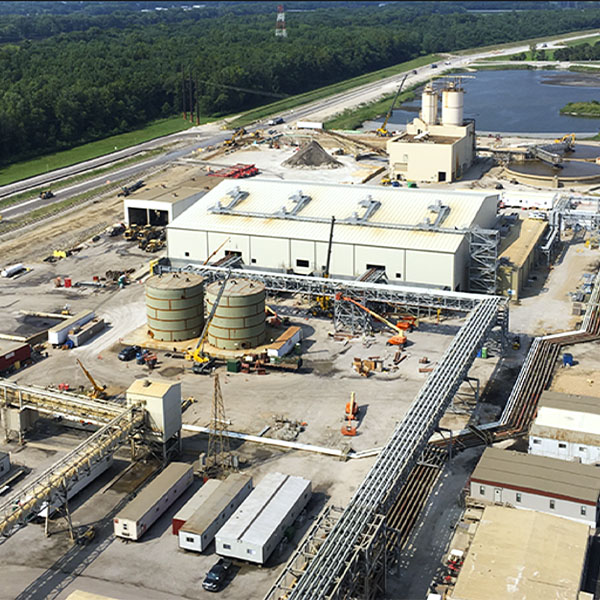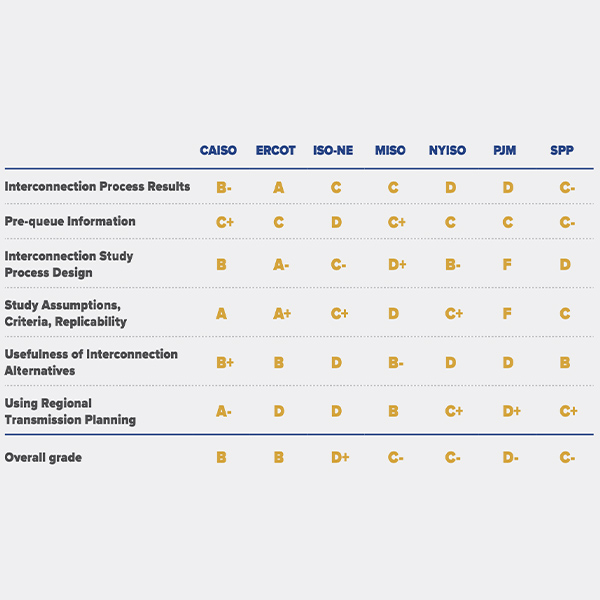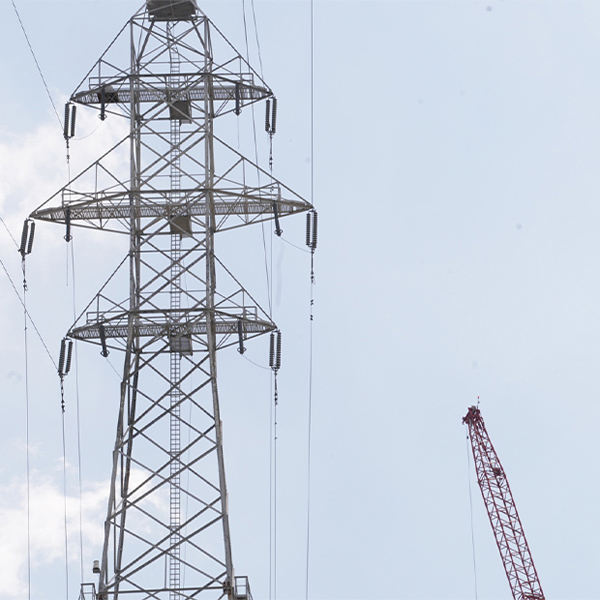Grid Strategies
Coal plants in the Central U.S. are elbowing out lower-cost, cleaner generation and have collected more than $1 billion in uneconomic payments over a three-year span, the Natural Resources Defense Council said in a new report.
The return to demand growth in the electric power industry has been a major theme this year, and it dominated the discussion at NARUC's Summer Policy Summit.
A new study commissioned by Renewable Northwest says Powerex is poised to benefit if the West ends up divided between CAISO’s EDAM and SPP’s Markets+.
Angst over looming load growth, cost increases and reliability headaches headlined the 76th annual New England Conference of Public Utilities Commissioners Symposium.
The ultimate future of FERC Order 1920 depends on rehearing, implementation and inevitable litigation, but after reading through the order itself in the past week, many stakeholders see it as an important step forward in expanding the grid.
FERC appears to be nearing completion on its transmission planning rulemaking, with cost allocation rules and the federal ROFR among the issues at stake.
Advanced Energy United has released a scorecard that ranks the seven domestic ISO/RTOs on their generator interconnection processes, finding room for improvement in every one.
After years of low load growth, U.S. grid planners now predict a sharp increase in electric demand, according to a report by consulting firm Grid Strategies.
A new ACORE report concludes MISO and PJM could save ratepayers $15 billion in a little more than a decade if they build more interregional transmission.
Market Monitors Joe Bowring and David Patton have doubts about the wisdom of large-scale transmission expansions, warning they may crowd out market solutions.
Want more? Advanced Search









